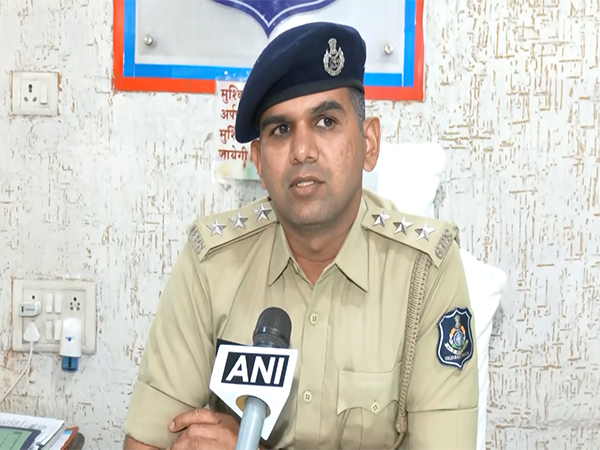Ahmedabad (Gujarat) [India] March 16 (ANI): Following the violent incident that took place in Vastral on March 13, Assistant Commissioner of Police (ACP) Kunal Desai shared details of the ongoing investigation.
He confirmed that buildings and vehicles were damaged during the violence, and an occupant of a car passing by was attacked with a knife.
“In Vastral, some people did some ransacking in front of Madhav Imperial, damaged some vehicles, and stabbed one who was traveling in a car,” ACP Desai explained. Upon receiving information about the incident, Ramal police quickly arrived at the scene, managing to control the situation.
Later that evening, the police conducted a combing operation in the area, involving teams from both the Ahmedabad Crime Branch and local law enforcement. The operation led to the detention of 14 people. “Out of the 14, 13 have been arrested, and one is a juvenile,” Desai confirmed. The suspects were produced in court the following day, and their remand was granted until March 18.
Further investigation revealed a personal dispute between two individuals, Pankaj and Sangram, over a space issue. One group, looking for Sangram, found his stall instead and ransacked it in an attempt to intimidate him.
“There was a quarrel between Pankaj and Sangram about some space issue, and one party had come here looking for Sangram, who was not present at the location. They ransacked his stall there to scare him,” Desai added.
Following the incident, Desai also revealed that the authorities took action regarding the suspects’ properties.
“We extracted the details about their properties and gave it to the corporation. The houses of six people, who had illegal houses, have been demolished till now and the investigation of one is ongoing,” he stated.
The investigation into the cause of the violence revealed a personal dispute between two individuals, Pankaj and Sangram, over a space issue. One party arrived at the location looking for Sangram, who was not present at the location. In retaliation, they ransacked his stall to intimidate him.
Further details awaited (ANI)
Disclaimer: This story is auto-generated from a syndicated feed of ANI; only the image & headline may have been reworked by News Services Division of World News Network Inc Ltd and Palghar News and Pune News and World News
HINDI, MARATHI, GUJARATI, TAMIL, TELUGU, BENGALI, KANNADA, ORIYA, PUNJABI, URDU, MALAYALAM
For more details and packages











